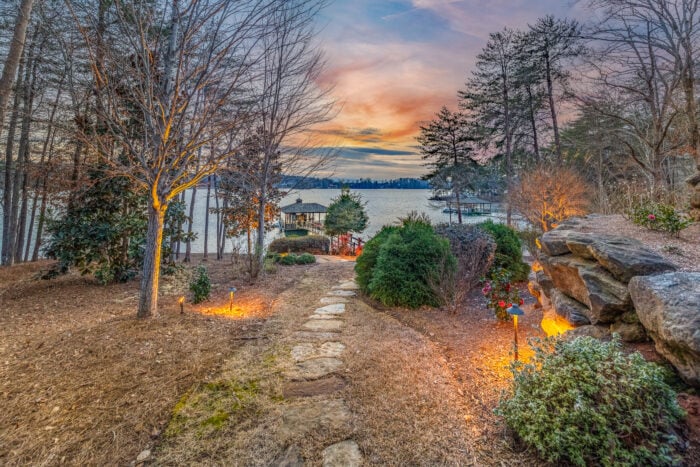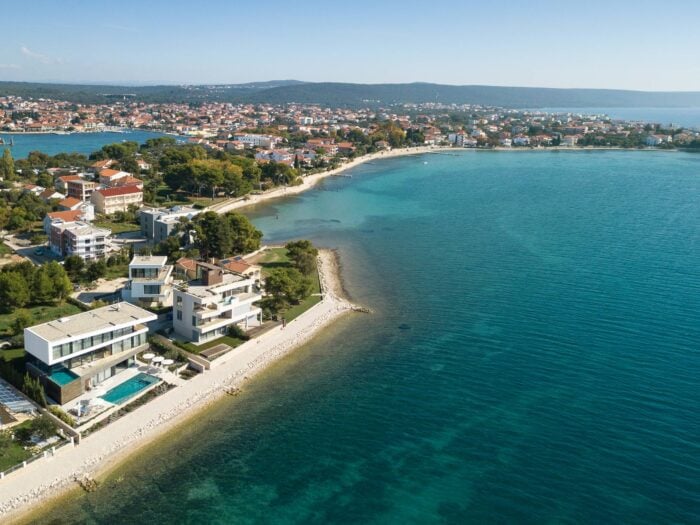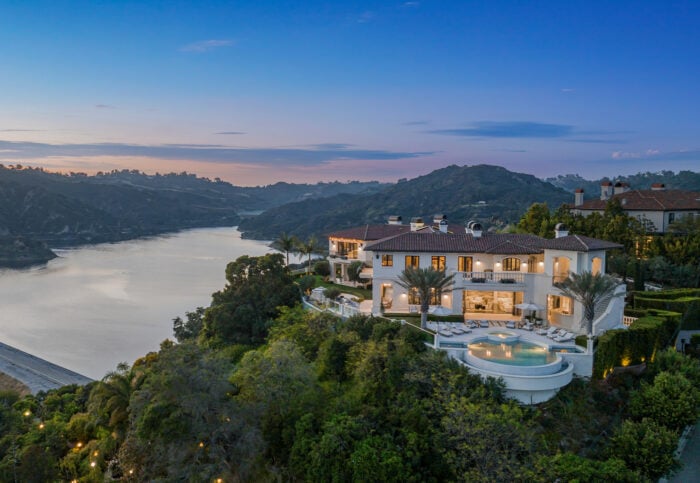Scarce residential property listings and overly competitive bidders define most of the home-buying process in Hawaii.
The Covid-19 crisis made it even more difficult to acquire houses in the Aloha State. The pandemic, however, only fueled the desire of ultra-rich buyers to own luxury homes.
Property transactions between $3 million and $10 million in the third quarter of 2021 rose almost 200% year over year, according to Hawai’i Life.
Whether or not you plan to buy a luxury residential property, it’s always important to seek professional advice. Here are insights from several experts of Hawaii’s top property brokerage firm.
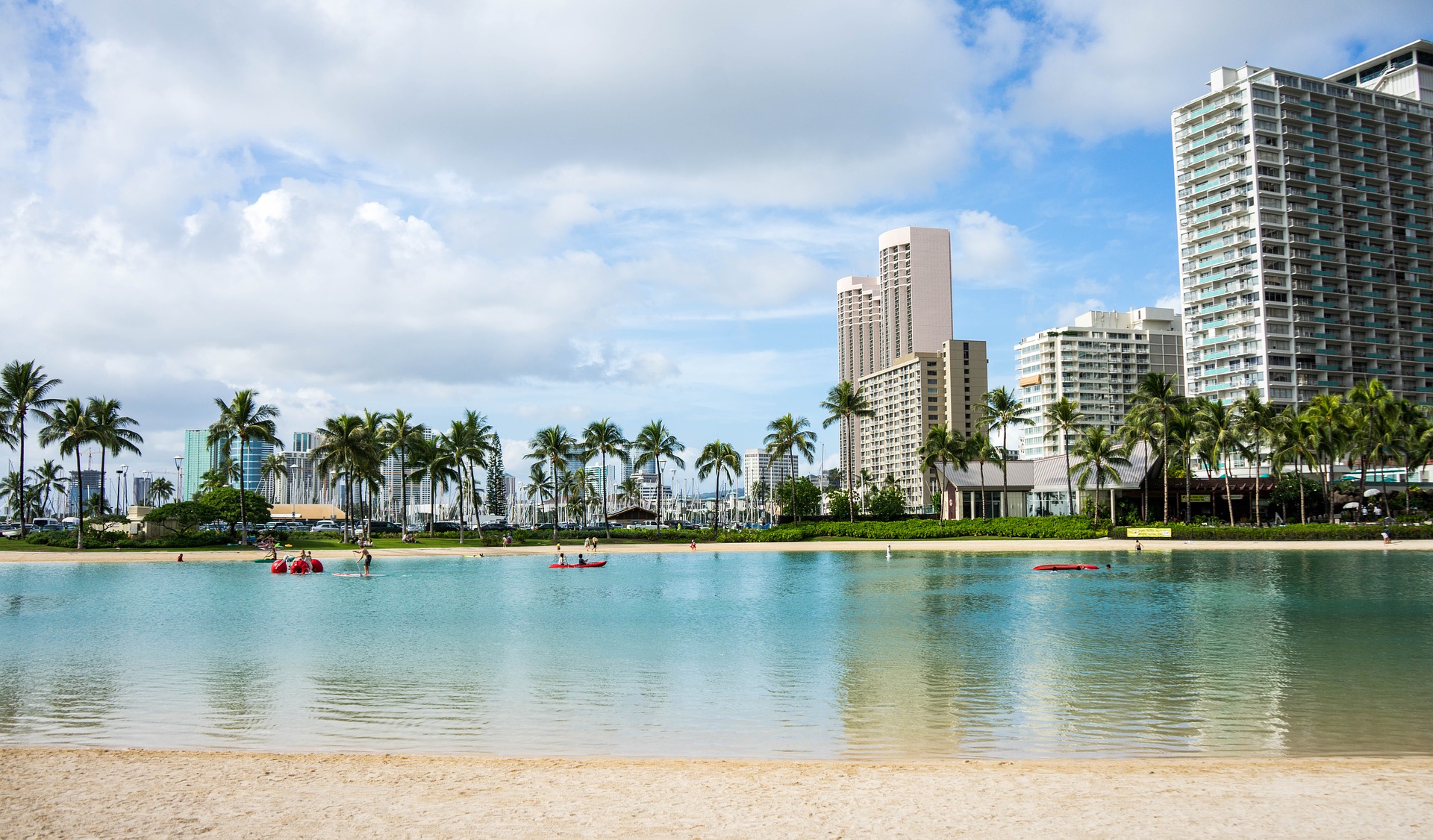
Unless you’re an ultra-high-net-worth individual, a luxury property purchase in Hawaii often requires taking out a loan.
Dave Ronning: Higher Mortgage Rates In 2022
Unless you’re an ultra-high-net-worth individual, a luxury property purchase in Hawaii often requires taking out a loan.
Hawai’i Life agent Dave Ronning cited data from the Mortgage Bankers Association (MBA) about a potentially gradual increase in median rates for 2022. The MBA predicted a 3.4% higher rate in the first quarter before rising to 3.6% in the second quarter.
The average interest rate from July to September would reach 3.8%, hitting its peak at 4% during the final quarter. Higher interest rates indicate a smaller qualifying amount for borrowers.
For example, you may have been qualified for a $650,000 property purchase at a 2.8% interest rate in October 2021. By the last quarter of 2022, you might only qualify for a $550,000 purchase at a 4% interest rate.
Ronning advises homebuyers to focus on prospective interest rates, which is “the most impactful element of homeownership.”
Buyers also need to decide as soon as possible because sellers don’t take long to offload properties.
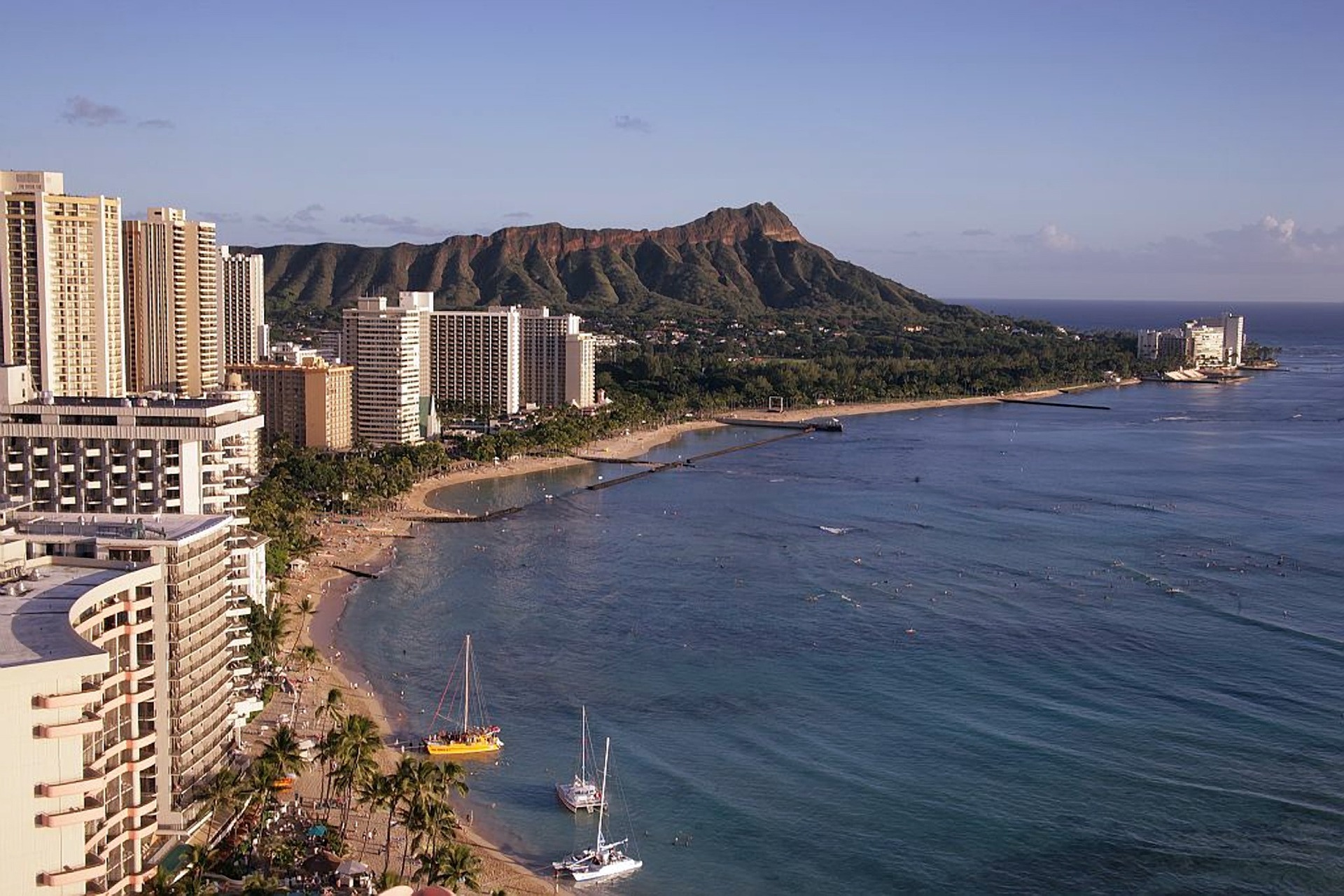
The short days-on-market timeline means that downsizers or upgraders should find a new home before putting up their properties for sale.
Susan Moylan: Find Another Home Before A Sale
The short days-on-market timeline means that downsizers or upgraders should find a new home before putting up their properties for sale.
Property listings in Hawaii disappear within 14 days on average. Single-family houses in November 2021 changed ownership in just 11 days, according to agent Susan Moylan.
She also echoed Ronning’s sentiments on more expensive purchases due to higher interest rates. For this reason, homebuyers shouldn’t procrastinate because indecisiveness contributes to bigger expenses.

The Covid-19 pandemic led one out of five people to sell their properties and move into suburban areas.
Cherie Tsukamoto: Suburbs Become More Popular
Hawai’i Life advises house hunters, especially first-time buyers, to review market trends for an informed decision. Real estate agent Cherie Tsukamoto believes that suburbs in the state are increasingly more popular.
The Covid-19 pandemic led one out of five people to sell their properties and move into suburban areas. The shift in preferences has happened because remote work provided them with a chance to reduce living expenses.
Homebuyers may also notice more property listings in 2022, according to Tsukamoto. The recent Hilo Mountain Ranch sale in November 2021 could increase the housing supply with over 2,000 acres purportedly reserved for residential development.
While housing inventory increases, there would be more bidders fighting for the same properties due to two factors:
- More millennials between 26 and 35 buying their first homes
- Persistent housing affordability challenges
If you’re wondering how long it takes to buy a house in Hawaii, it may take several months to navigate the extremely competitive market.
Tsukamoto recalled how one family had to rent before finally buying a house. The family’s journey toward homeownership took more than 12 months.
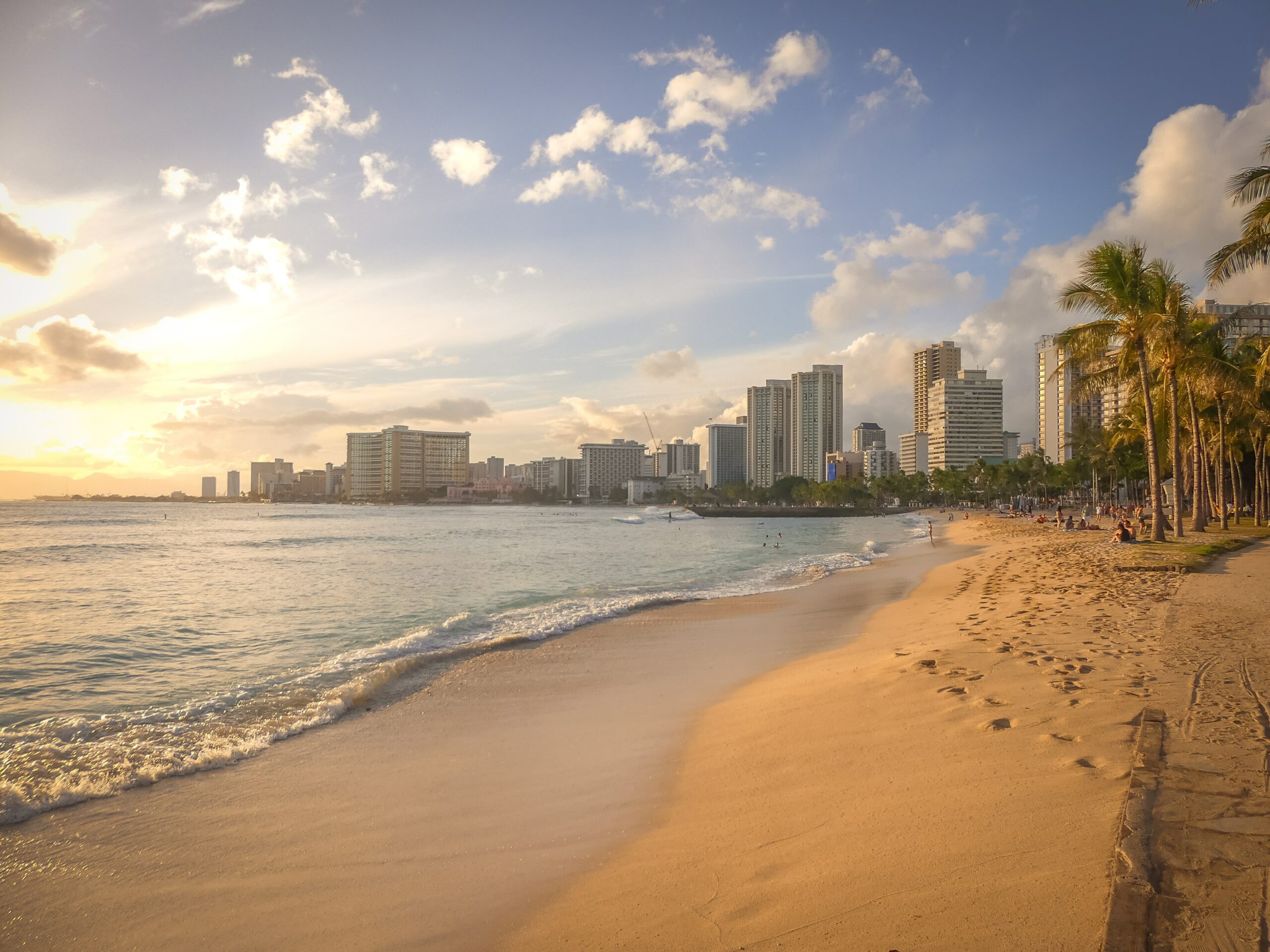
Rainfall occurs frequently in Hawaii, so it’s best to know flood-prone areas when scouting for houses.
Joey Furlett: There Are 7 Flood Zones In Hawaii
Rainfall occurs frequently in Hawaii, so it’s best to know flood-prone areas when scouting for houses.
Realtor Joey Furlett studied analytical mapping, geology and physical geography. His extensive knowledge includes an analysis of seven flood zones in the state:
- Flood Zone A
- Flood Zone AE
- Flood Zone AH
- Flood Zone AO
- Flood Zone D
- Flood Zone X
- Flood Zone XS
The rainfall flood zones (i.e., non-coastal flood zones) involve most areas in Maui County and Oahu. High-risk areas comprise flood Zones A, AE, AH and AO where there’s at least 1% of flood risk every year.
It’s still best to check for telltale signs of flooding within properties, even if you’re buying in a neighborhood with rare occurrences of a flood.
Homebuyers should look for “dark lines at the base of a house” or “water flow marks” on the ground, which indicate past flooding, according to Furlett.

A shortlist of properties would then help with easing the stress of finding the perfect house.
Hawaii Life: Make A Shortlist Of Property Listings
Hawai’i Life encourages first-time homebuyers to temper their expectations when hunting for properties in the state. The firm described the general homebuying experience as a “process of elimination [and] not selection.”
For example, there might be 10 properties that you would like, but only five listings would match your budget. A shortlist of properties would then help with easing the stress of finding the perfect house.
Click here to find out more about Hawai’i Life and how the firm closed $3.082 billion in residential property sales to date.


